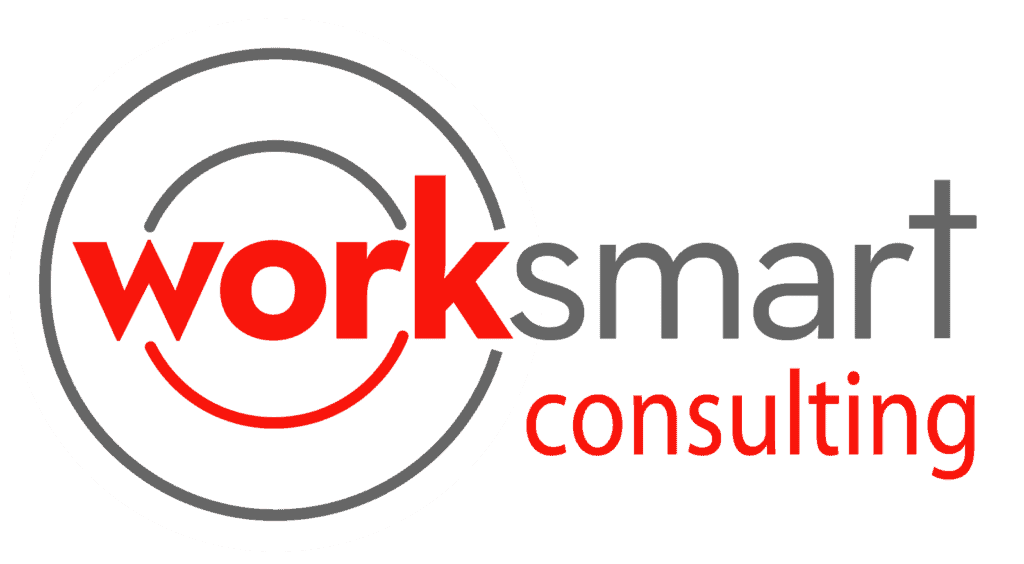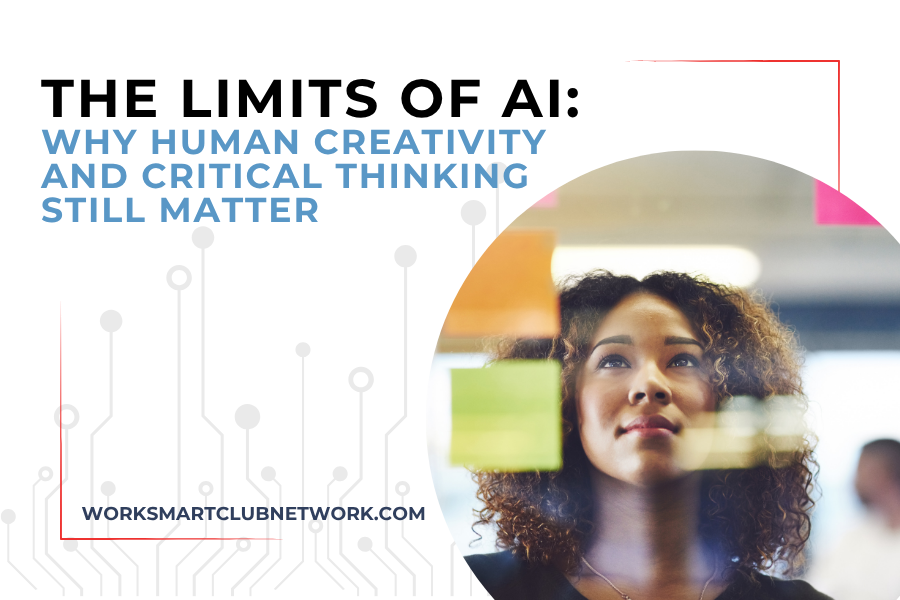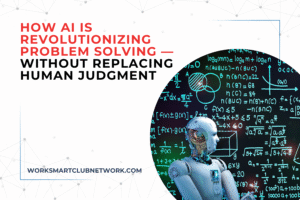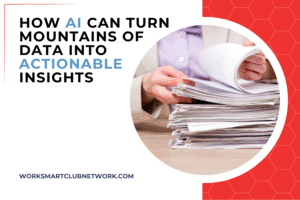Artificial intelligence is transforming the workplace, offering incredible tools for efficiency, data analysis, and automation. But as AI takes on more tasks, it’s crucial to remember one key truth: AI cannot—and should not—replace the problem-solving, critical thinking, and creativity that only humans bring to the table.
AI’s Strengths: Speed and Scale
AI excels at processing vast amounts of data quickly and identifying patterns that humans might miss. It can automate routine tasks, summarize complex reports, and even generate content. For many businesses, this translates to faster decision-making and reduced operational costs.
For example, AI can analyze customer data to predict buying trends, freeing marketing teams to focus on crafting creative campaigns. It can also help troubleshoot technical problems by quickly scanning through logs and error reports.
But AI Lacks Human Insight
Despite these strengths, AI lacks the intuition, empathy, and imagination that humans naturally possess. AI’s “thinking” is based on algorithms and past data—it cannot truly understand context, emotions, or abstract concepts.
This means AI struggles with problems that require original thinking, ethical judgment, or nuanced understanding of people and culture. A machine can suggest options based on data, but it can’t decide which option feels right, aligns with company values, or will inspire employees and customers.
The Creative Spark
Creativity involves making unexpected connections, imagining new possibilities, and thinking outside the box. These skills are inherently human and cannot be replicated by AI’s pattern recognition alone.
For instance, a designer brainstorming a new product must envision how customers will feel using it, anticipate trends, and innovate beyond existing solutions. AI can support by analyzing market data, but the initial creative leap comes from human insight.
Critical Thinking and Problem Solving
Problem solving requires more than just data crunching. It involves evaluating assumptions, considering multiple perspectives, and making trade-offs. Critical thinking asks: What’s the real problem? What are the potential risks? What might we be missing?
AI can highlight correlations or anomalies, but it cannot weigh ethical concerns or forecast long-term consequences. Human leaders must interpret AI’s findings and make judgment calls informed by experience and values.
Avoiding Over-Reliance on AI
A growing risk is over-reliance on AI to the point where human skills atrophy. When decision-makers blindly trust AI outputs without scrutiny, they risk missing errors, biases, or flawed logic hidden in the data.
Furthermore, employees may lose opportunities to develop their own creativity and problem-solving abilities if AI is always doing the heavy lifting. This can lead to stagnation and reduced innovation over time.
A Partnership, Not a Replacement
The best approach is to view AI as a powerful collaborator rather than a replacement for human intelligence. AI can handle repetitive tasks and provide rich data-driven insights, while humans apply creativity, judgment, and empathy to solve complex challenges.
Organizations that foster this partnership can achieve greater innovation, agility, and resilience. Leaders should encourage teams to use AI as a tool for inspiration and support—not a shortcut that bypasses deep thinking.
AI is a game changer, but it’s not a substitute for the uniquely human skills of creativity and critical thinking. By combining AI’s computational power with human insight and imagination, organizations unlock their full potential.
As AI continues to evolve, the future belongs to those who embrace technology while cherishing and cultivating the human qualities that machines cannot replicate.






Responses